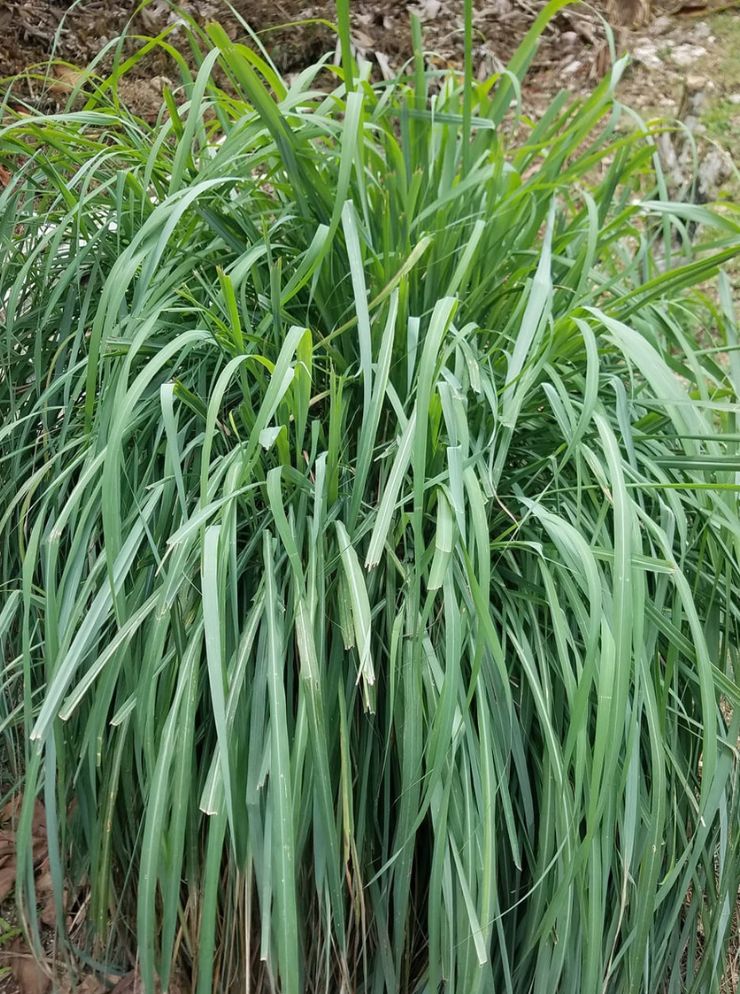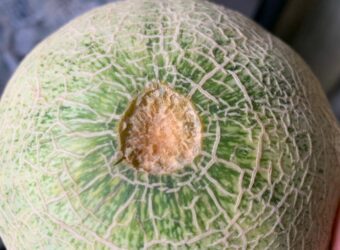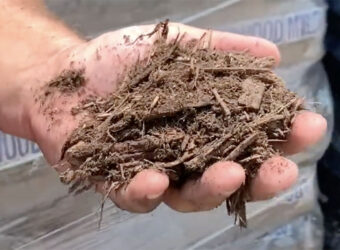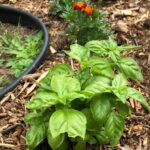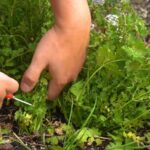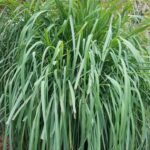Lemongrass is a popular herb that is widely used in Asian cuisine for its unique flavor and aroma. It is also known for its numerous health benefits, such as aiding digestion, reducing inflammation, and relieving anxiety.
Lemongrass looks beautiful and is a great addition to your garden, growing lemongrass in your backyard or garden is relatively easy, and harvesting it is even simpler. In this article, we will share with you how to harvest lemongrass properly and tips on storing them properly.
When Should You Harvest Lemongrass
Harvesting lemongrass at the right time is crucial to avoid damaging the plant and to ensure that it is at its peak flavor and aroma.
Here are some tips on when to harvest lemongrass:
- You can harvest lemongrass throughout the year and just before the first frost. At the end of the growing season, cut lemongrass back to only 6 inches tall, reduce watering and fertilizing. If you grow lemongrass in container, consider bring it indoors to bright places protected from frost. Indoor lemongrass can be harvested thorough the year.
- Harvest when the plant is well established and growing vigorously: Lemongrass is ready to harvest when the stalks are about 1/2″ in diameter, dark green, and the plant is about 18 inches tall.
- Harvest in the morning – this is ideal time to harvest to ensures the lemongrass is at its freshest and most flavorful. Harvest in the morning when the plant is still full of moisture makes it easier to cut the stalks and reduces the risk of damaging the plant.
How to Harvest Lemongrass Properly?
Here are the steps to harvest lemongrass properly:
- Prepare the tools: You will need a sharp knife or garden shears to cut the stalks. Consider wearing gloves, as the leaf edges can be very sharp. You can also twist and pull off the stalks using your hands, but ensure to not damage the plant.
- Cut the stalks: Cut the entire stalks at the base, close to the soil level. Cut only the outer stalks, leaving the inner stalks to continue growing.
- Remove the leaves and woody parts: Trim off the leaves from the stalks ( unless you use them for teas, soups, or sauces), and any woody parts at the base, remember the most flavor and aroma of lemongrass is right at the bottom of the stalks.
- Don’t harvest more than 1/3 of the plant at a time to ensure the plant can grow more for the next time harvest.
Tips on Storing Lemongrass
Lemongrass is a versatile herb that can be used in a variety of dishes, such as soups, curries, and teas. However, it is important to store it properly to ensure that it retains its flavor and aroma. Here are some tips on how to store lemongrass:
- Refrigerate: Lemongrass can be stored in the refrigerator for up to two weeks. To do this, wrap the lemongrass in a damp paper towel and place it in an airtight plastic bag.
- Freeze: Lemongrass can be frozen for up to 6 months, wash then chop the lemongrass into small pieces and transfer the chopped lemongrass to a silicone ice cube tray with a lid. Then place it in the freezer until the lemongrass completely frozen, after that place them in a freezer-safe container or bag. Label the container with the date and freeze for up to six months.
- Dry: Drying is another way to store lemongrass. To do this, cut the lemongrass into small pieces and spread them out on a baking sheet. Place the baking sheet in an oven set to the lowest temperature and leave the door slightly ajar to allow moisture to escape. Dry the lemongrass for several hours until it is completely dry and brittle. Store the dried lemongrass in an airtight container in a cool, dark place for up to six months.
With its versatile uses in cooking, teas, and essential oils, as well as its medicinal properties, lemongrass is a valuable addition to any home garden or landscape.
By following these harvesting tips and care, you can enjoy the fresh, citrusy flavor and aroma of lemongrass while also reaping its health benefits. Happy harvesting!
